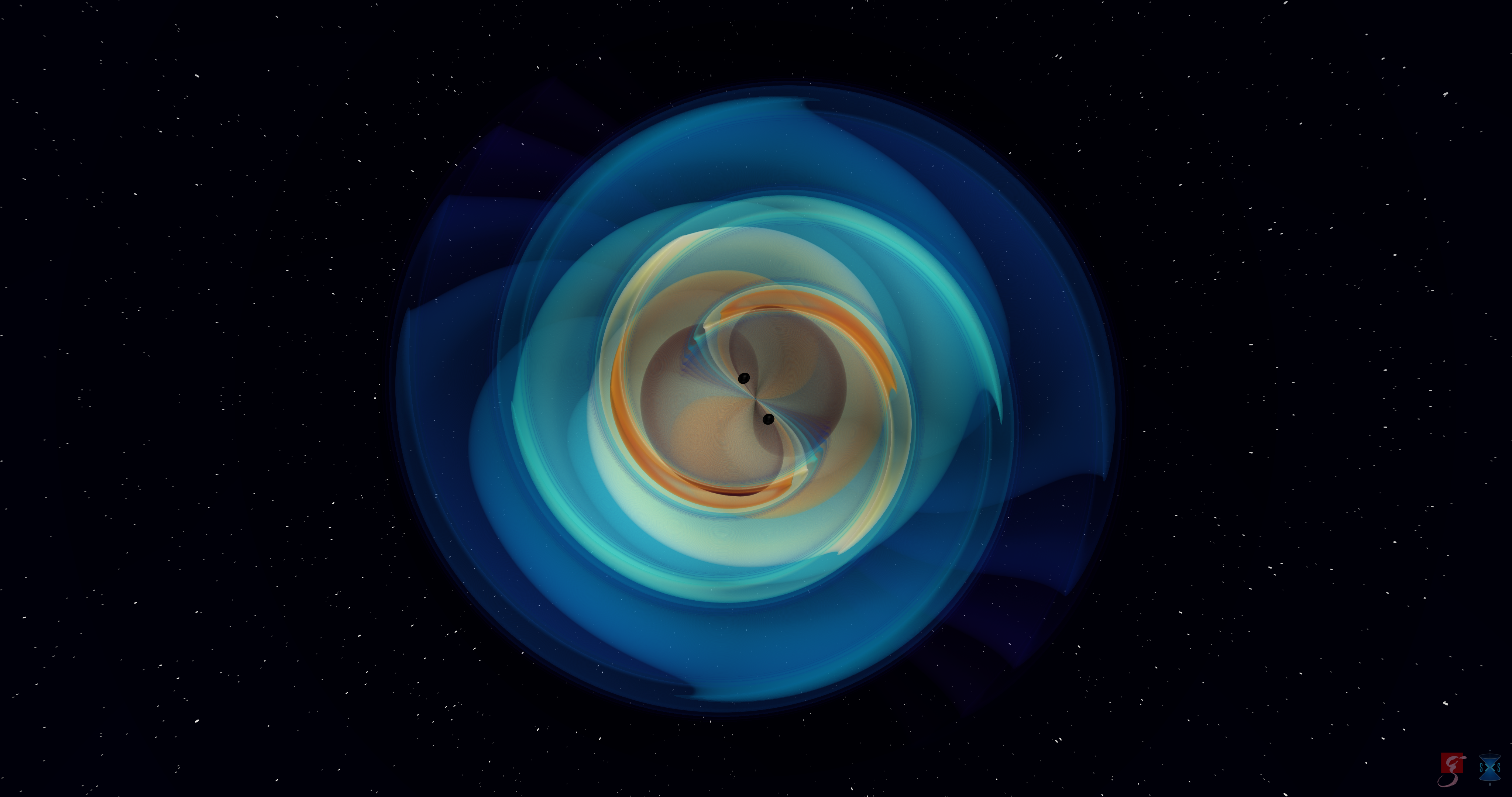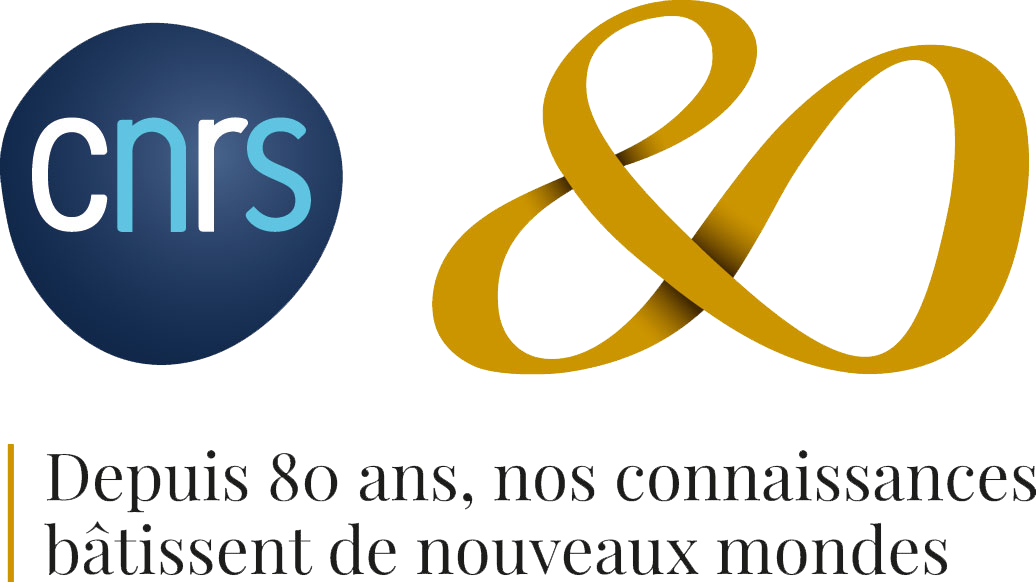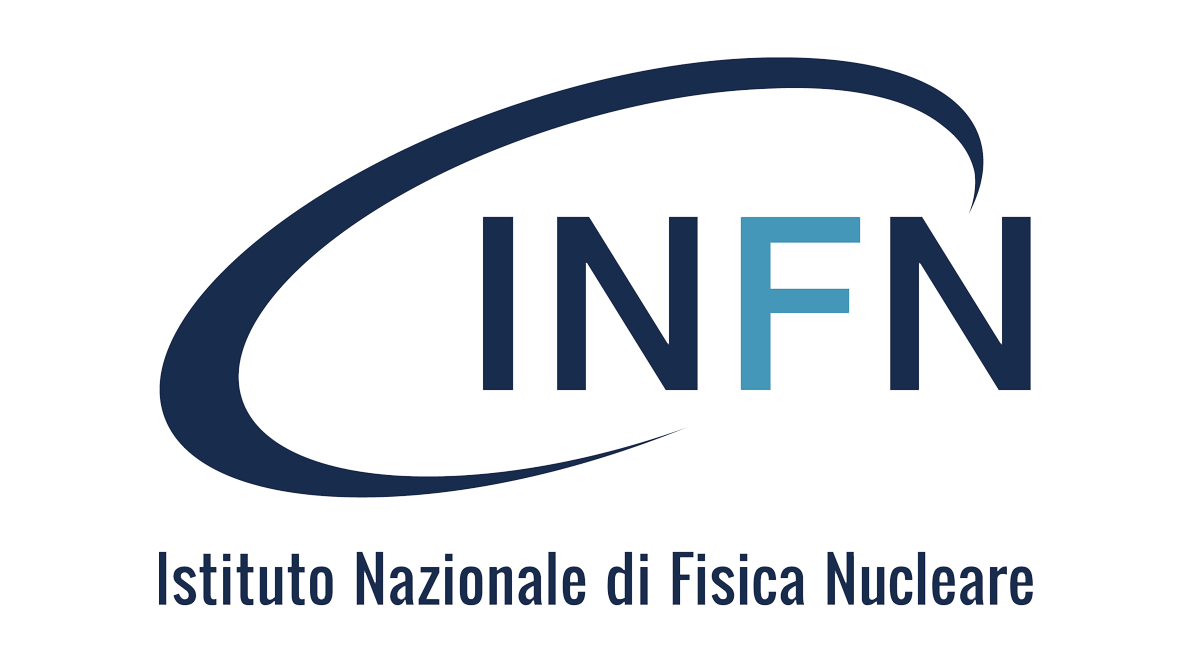The international network of the LIGO, Virgo and KAGRA gravitational-wave observatories just announced the detection of their 200th candidate gravitational wave signal in this fourth observation period (O4), which is still ongoing. The signal came on March 19th 2025 and it is over 99% likely to come from a merger of two black holes. This new record of detections is impressive, considering that the total number of signals detected in all previous observation periods (O1, O2, O3) was 90, and is due to the increased sensitivity of the detectors, as a result of the upgrades made between O3 and O4.
Of the two hundred signals, most are thought to be generated by mergers of two black holes millions or billions of light years from Earth, while mergers of two neutron stars or mixed binaries, of a black hole with a neutron star, are much rarer and more difficult to identify.
“The scientific community is intensely engaged in the in-depth analysis of this vast amount of new data that the detectors have provided us over the past year and a half,” said, Virgo spokesperson and INFN researcher Gianluca Gemme – We will gather new information about black holes, neutron stars, and the evolution of our Universe and of course we are looking forward to the possible new discoveries on the horizon.”
The observing period O4 has been running since May 2023, with a short break at the beginning of 2024 after which the Virgo detector joined the two LIGOs, and is planned to run until the beginning of October 2025 with another break in spring for technical interventions.
The new candidate events have also been immediately reported to astronomers worldwide via NASA’s GCN Circulars. In fact, researchers in the LVK Collaboration have developed an extremely rapid and efficient process for validating and sharing potential gravitational signals. The goal is to transmit preliminary information about the location and type of the detected events to other observatories as quickly as possible in order to attempt multimessenger observations, i.e. almost simultaneous observations of the same event with different signals: gravitational waves, electromagnetic radiation, gamma rays, cosmic rays, neutrinos…
In particular there is a team of people operating 24/7, the Rapid Response Team (RRT), who get alerted every time the automated algorithm detects a potential signal and who are tasked with analyzing said signal and evaluating the probability of it having an astrophysical origin, as opposed to a terrestrial one.
The team, using algorithms specifically developed for this purpose, also estimates the mass of the objects that are producing the gravitational waves, and their approximate location in the sky. This information is then shared publicly, within an average time of about 30 minutes.
“With more than 600 members the Rapid Response Team is the largest joint task force within the LIGO-Virgo-KAGRA Collaboration” said Francesco di Renzo, researcher at CNRS – IP2I Lyon and European RRT coordinator. “Additionally, what makes RRT particularly unique, beyond its size, is its diversity. Unlike other large groups, RRT brings together people from vastly different backgrounds and expertise. Beyond its scientific impact for the whole astronomical community, this effort has been a powerful catalyst for collaboration.”
This immediate analysis is still considered preliminary, and therefore these signals are considered “candidate events”: all of the data from the run will be re-analyzed over the following months, using more sophisticated and time-consuming techniques before the publication of the “catalog”. During this process some events could be “retracted”, classified as noise, and new ones could be found in the data, but this usually doesn’t change their overall number significantly.
The astrophysical events that are thought to have originated these 200 signals, and also the 90 detected in the previous series of observations, are mergers of binary systems of compact objects: two black holes, two neutron stars or a black hole and a neutron star. The black holes, after spiralling around each other for hundreds of millions of years, have merged, generating an even larger black hole. Neutron stars, on the other hand, generate a powerful astronomical explosion, called a kilonova, which emits gravitational waves, gamma rays, radio waves and other signals (as in the case of the famous kilonova observed on 17 August 2017). The analysis of the gravitational signal allows us to infer the mass of the objects involved and determine their nature (black hole or neutron star) with varying levels of precision. In the two hundred observations recorded by LIGO, Virgo and KAGRA, in the last round of observations, mergers of two black holes are far more frequent than events involving neutron stars, which are much rarer.
EGO and Virgo
EGO, the European Gravitational Observatory, located in Cascina, in the countryside near Pisa is the institutional home of the Virgo experiment, the only gravitational wave detector in Europe and one of four in the world. The Virgo Collaboration is currently composed of more than 900 members from over 170 institutions in 20 different (mainly European) countries. The European Gravitational Observatory (EGO) is funded by Centre National de la Recherche Scientifique (CNRS) in France, the National Institute of Nuclear Physics (INFN) in Italy, the National Institute of Subatomic Physics (Nikhef) in the Netherlands, and in Belgium by The Research Foundation – Flanders (FWO) e the Belgian Fund for Scientific Research (F.R.S.–FNRS). A list of the Virgo Collaboration groups can be found at: https://www.virgo-gw.eu/about/scientific-collaboration/. More information is available on the Virgo website at https://www.virgo-gw.eu.
Image credits: © N. Fischer, H. Pfeiffer, A. Buonanno (Max Planck Institute for Gravitational Physics), Simulating eXtreme Spacetimes (SXS) Collaboration
Contacts
Via E. Amaldi,5
56021 Cascina (PI) – Italy
Tel +39 050 752511
Contact us
How to reach us




